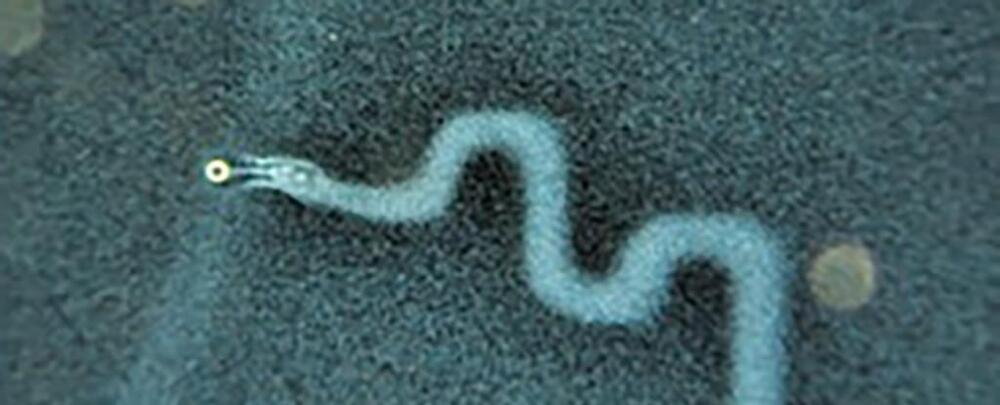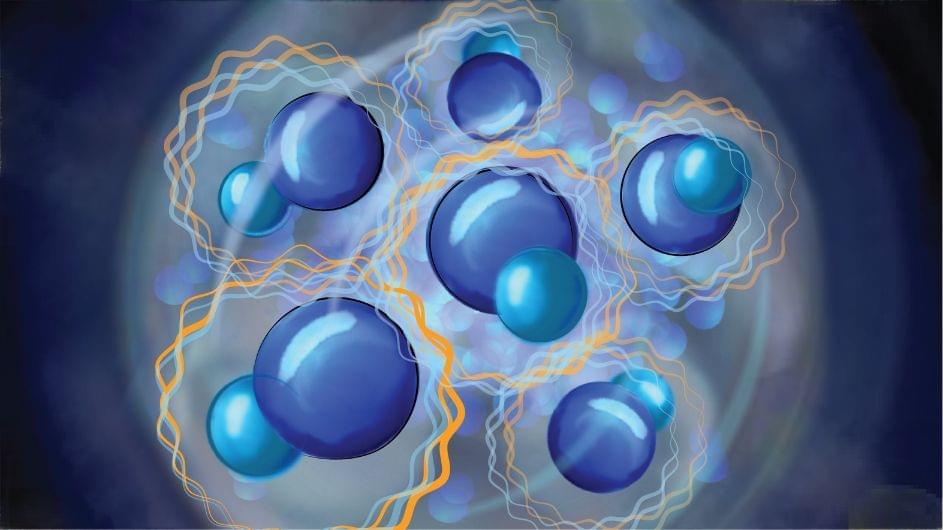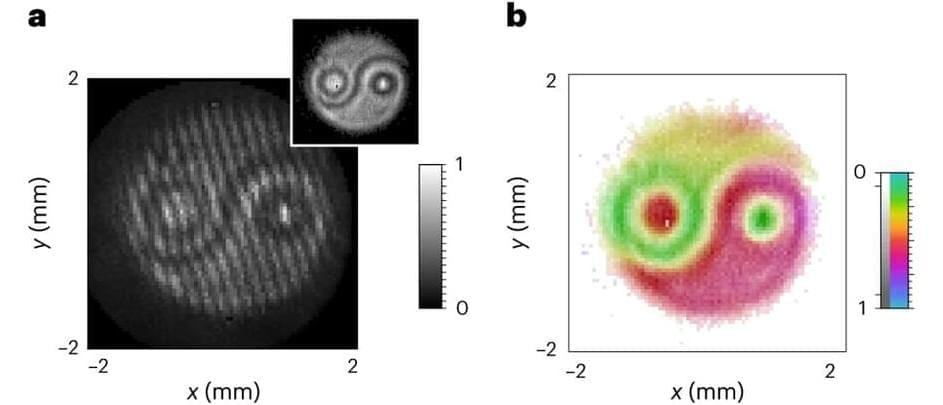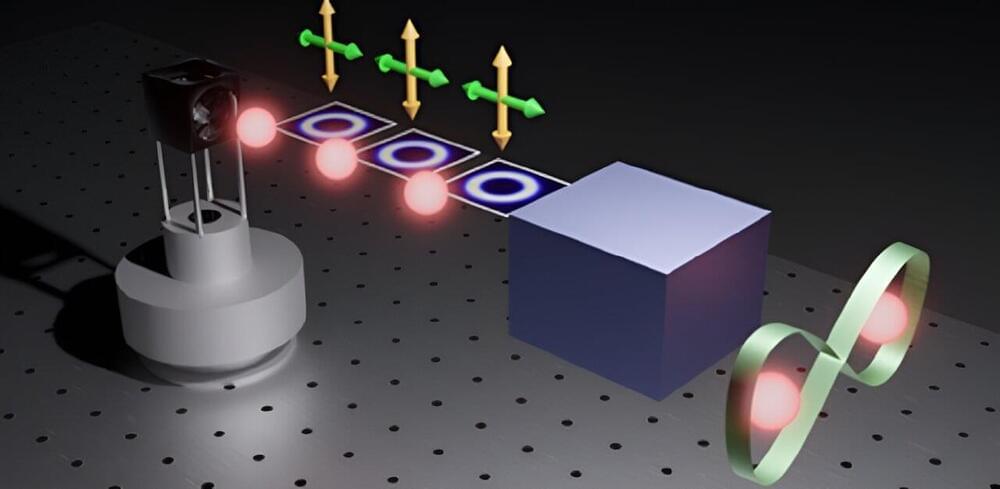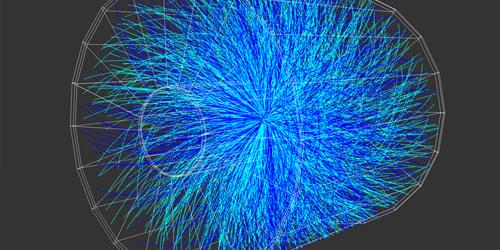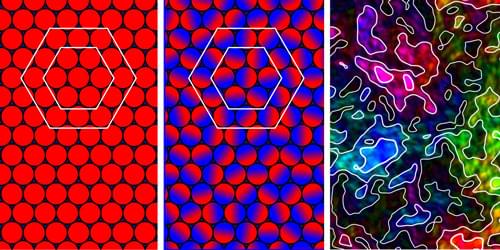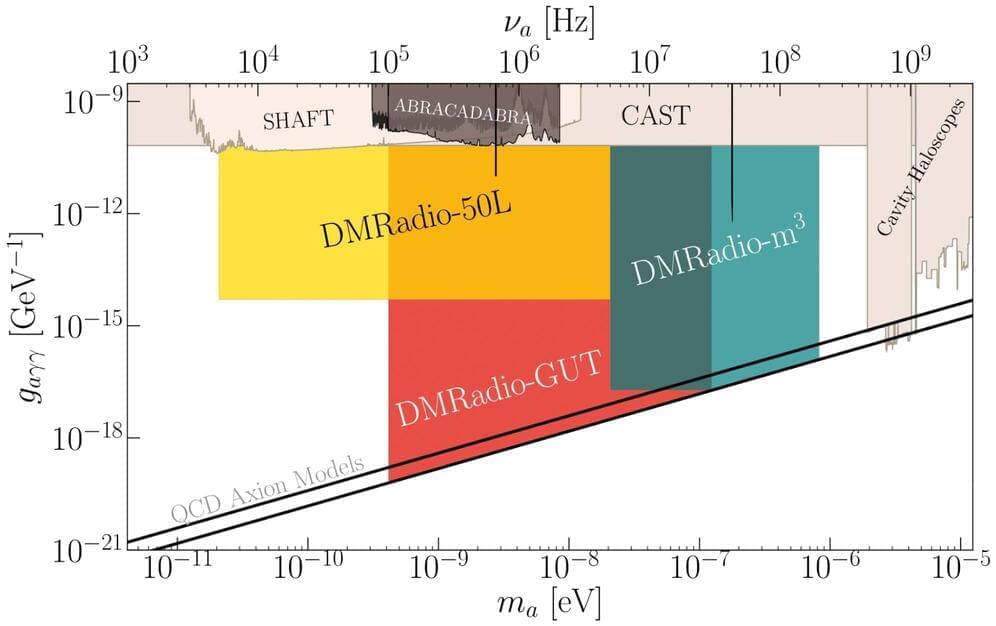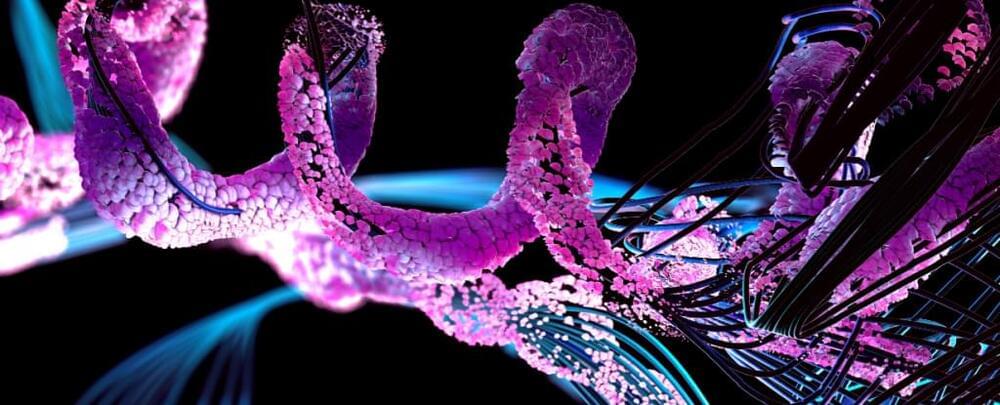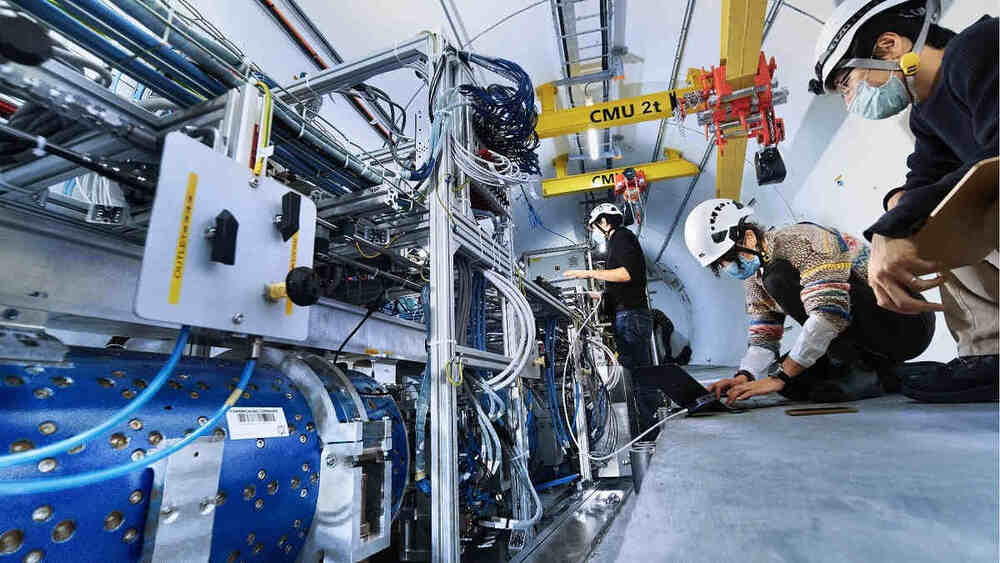Sep 9, 2023
Physicists Have Figured Out a Way to Write in Water
Posted by Shailesh Prasad in categories: materials, particle physics
There are several perfectly good reasons why water isn’t a popular medium for calligraphers to write in. Constantly shifting and swirling, it doesn’t take long for ink to diffuse and flow out of formation.
An ingenious ‘pen’ developed by the researchers from Johannes Gutenberg University Mainz (JGU) and the Technical University of Darmstadt in Germany, and Huazhong University of Science and Technology in China, could give artists a whole new medium to work with.
The new device is a tiny, 50 micron-wide bead made of a special material that exchanges ions in the liquid, creating zones of relatively low pH. Traces of particles suspended in the water are then drawn to the acidic solution. Drawing out that zone can create persistent, ‘written’ lines.
